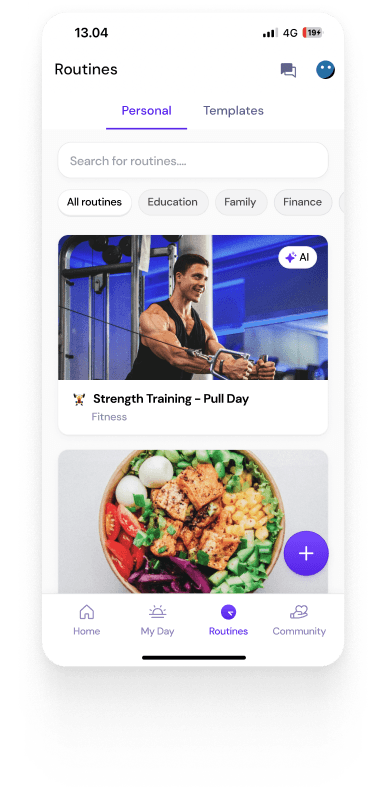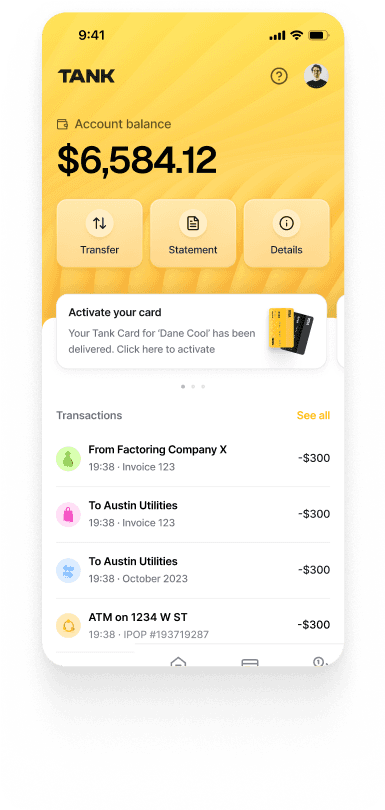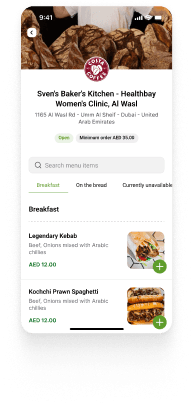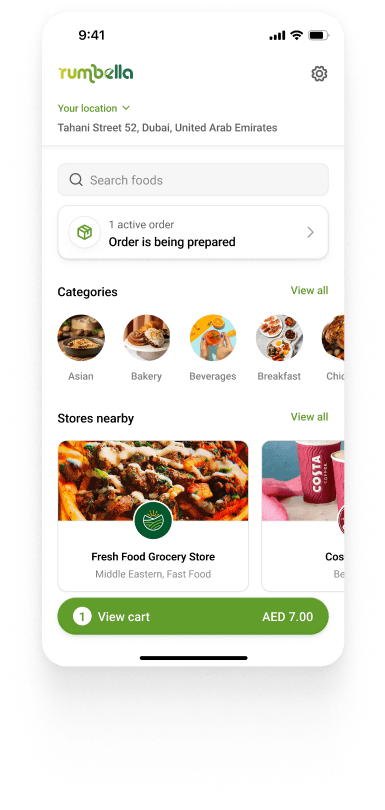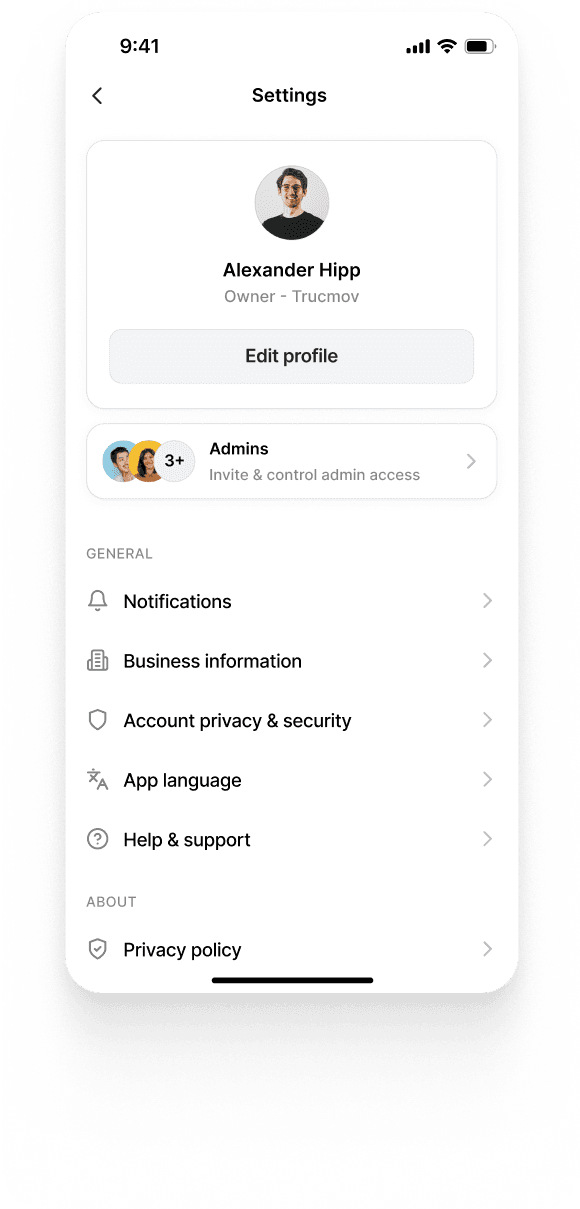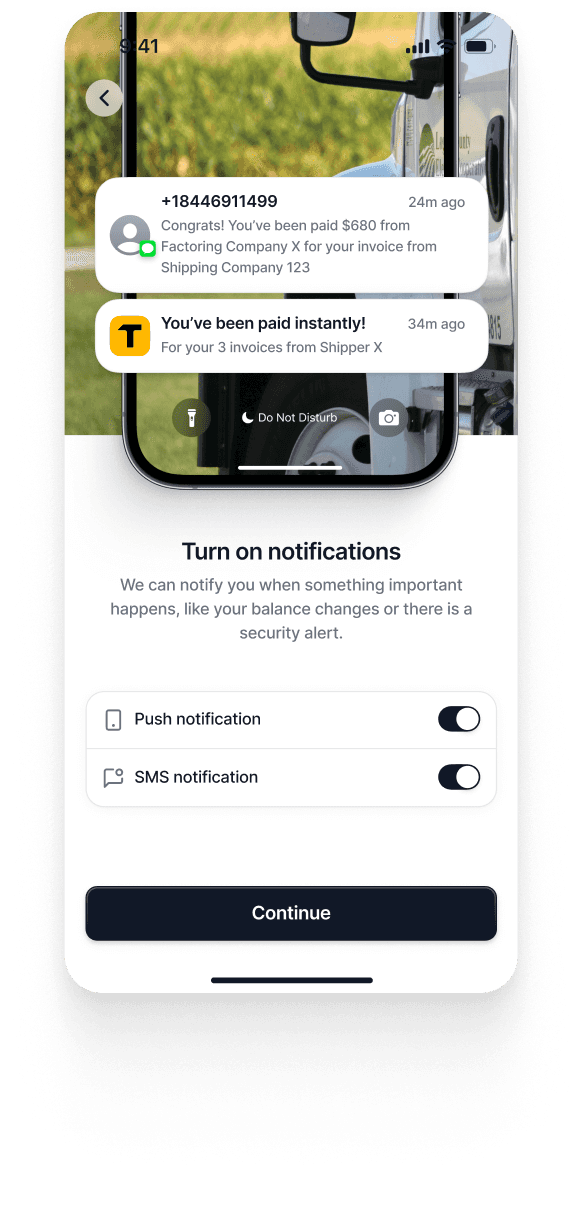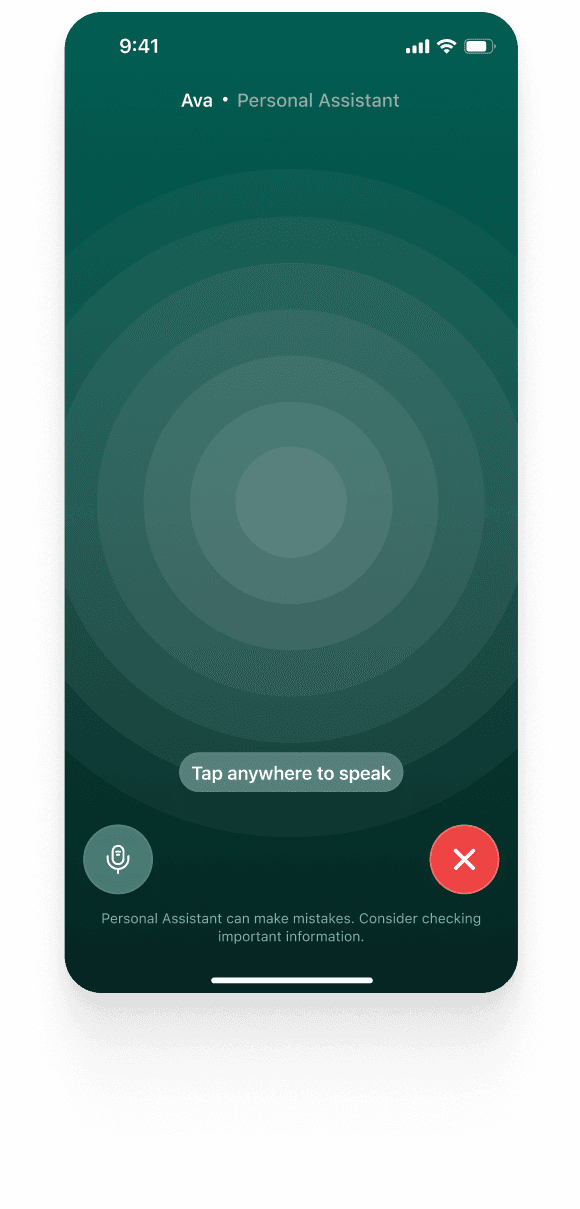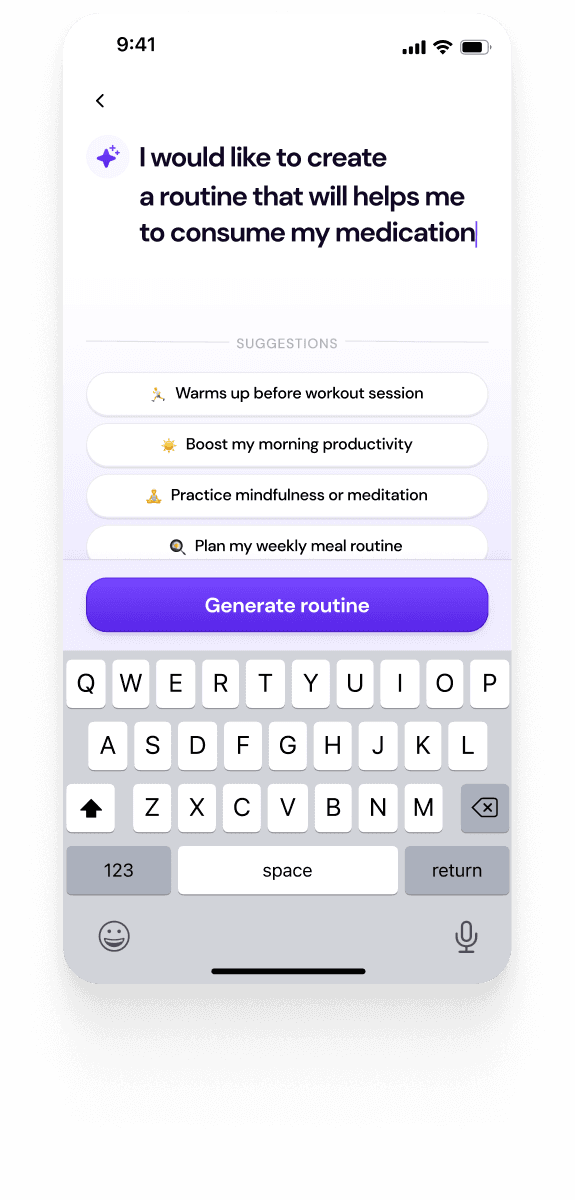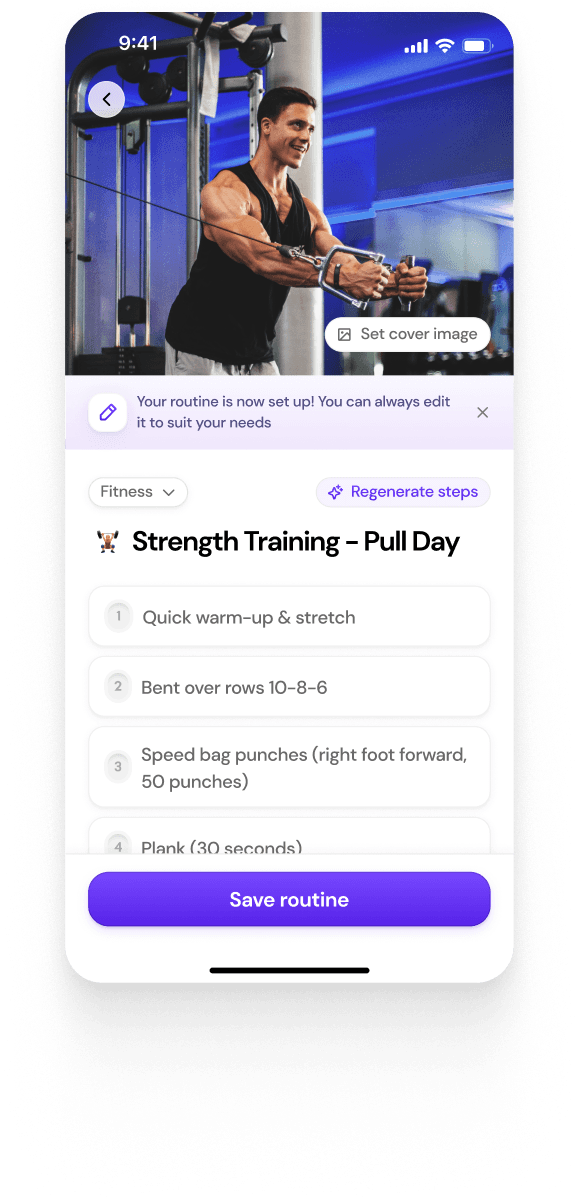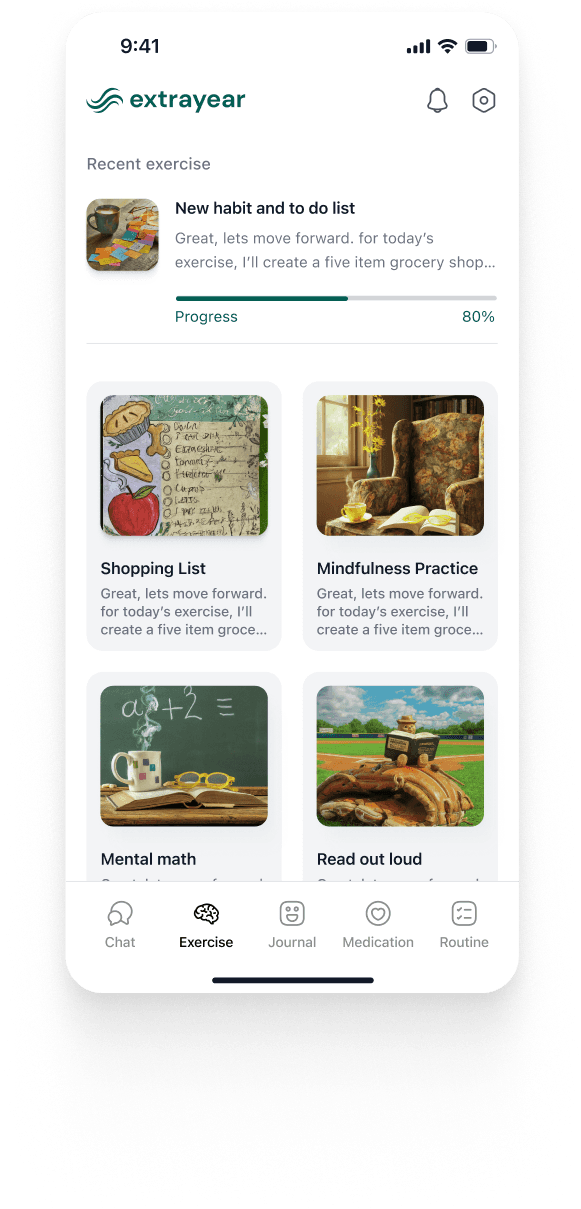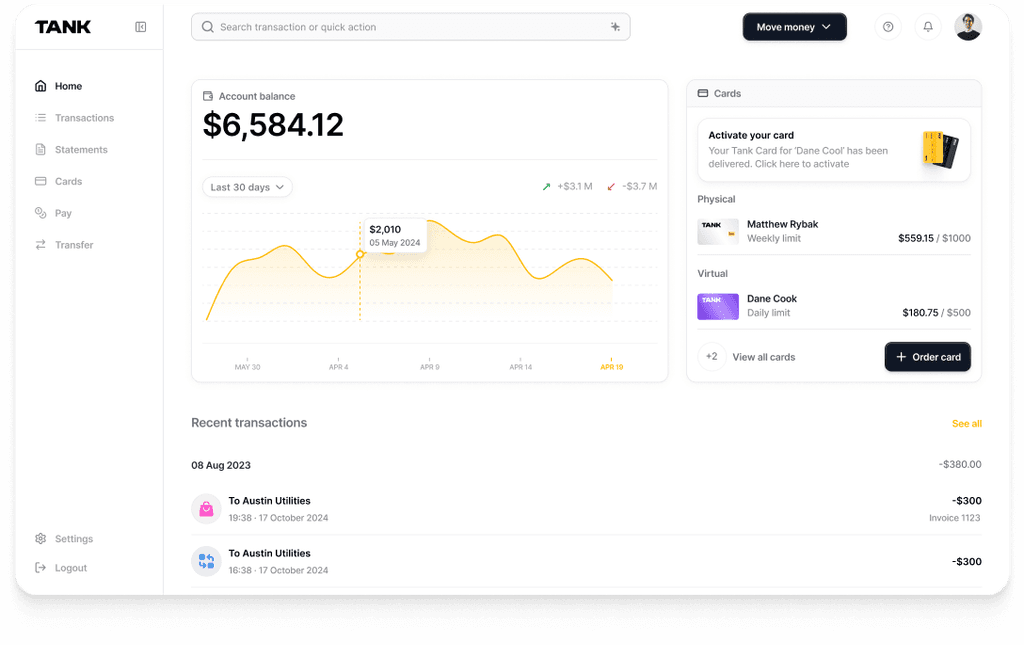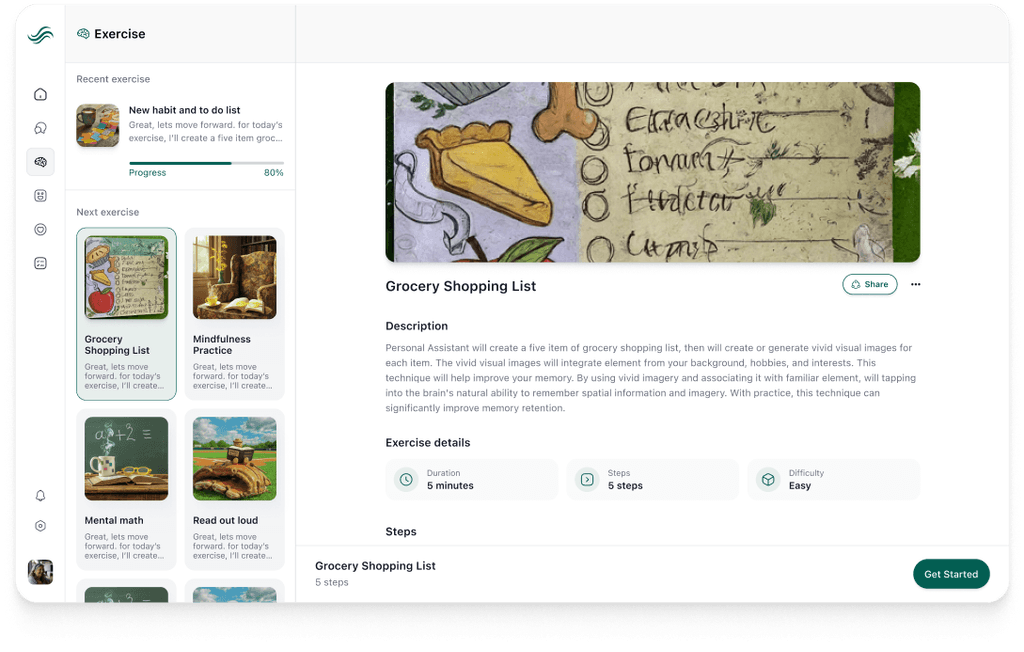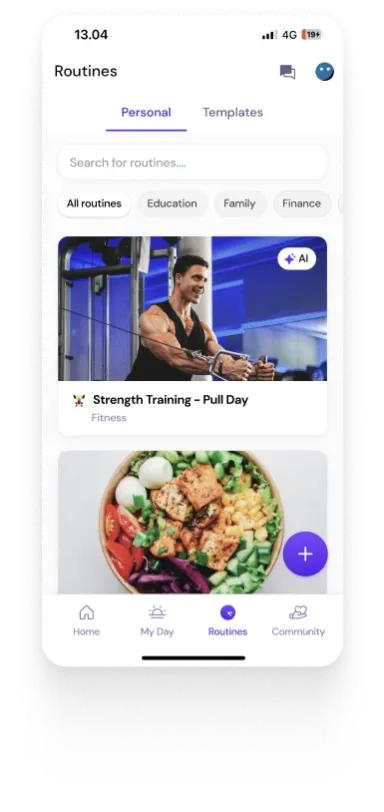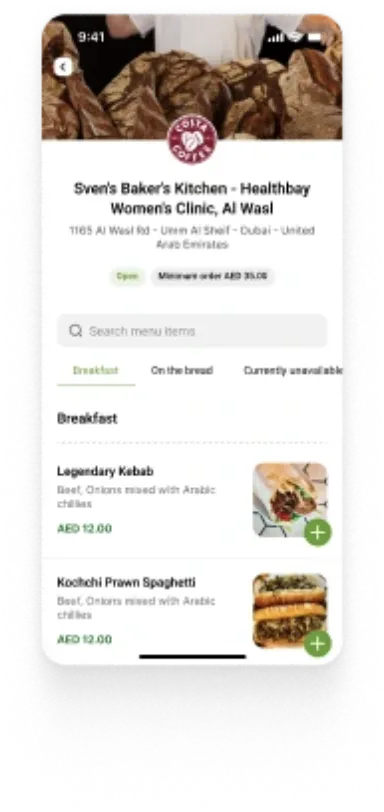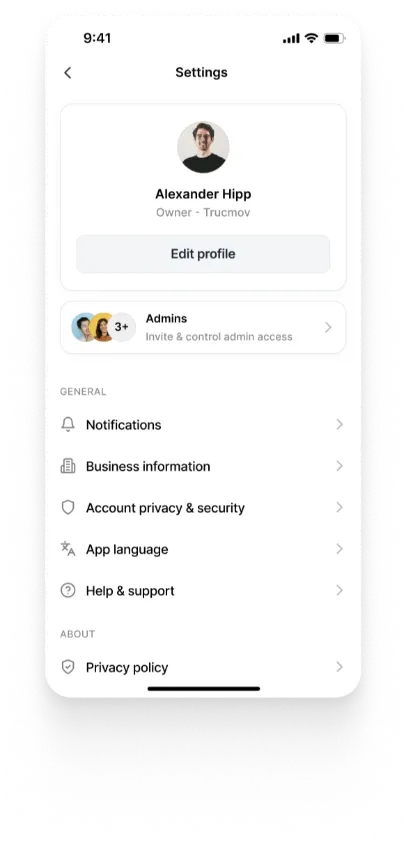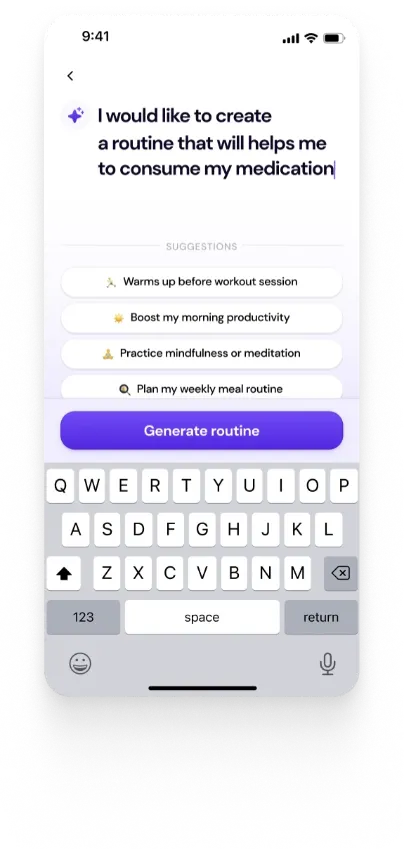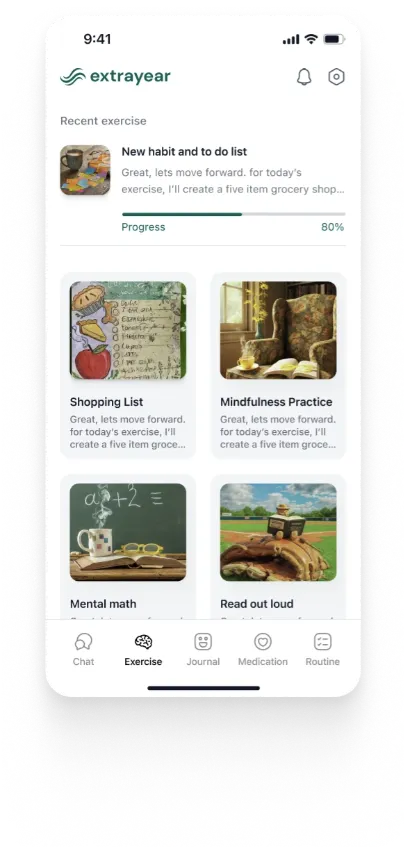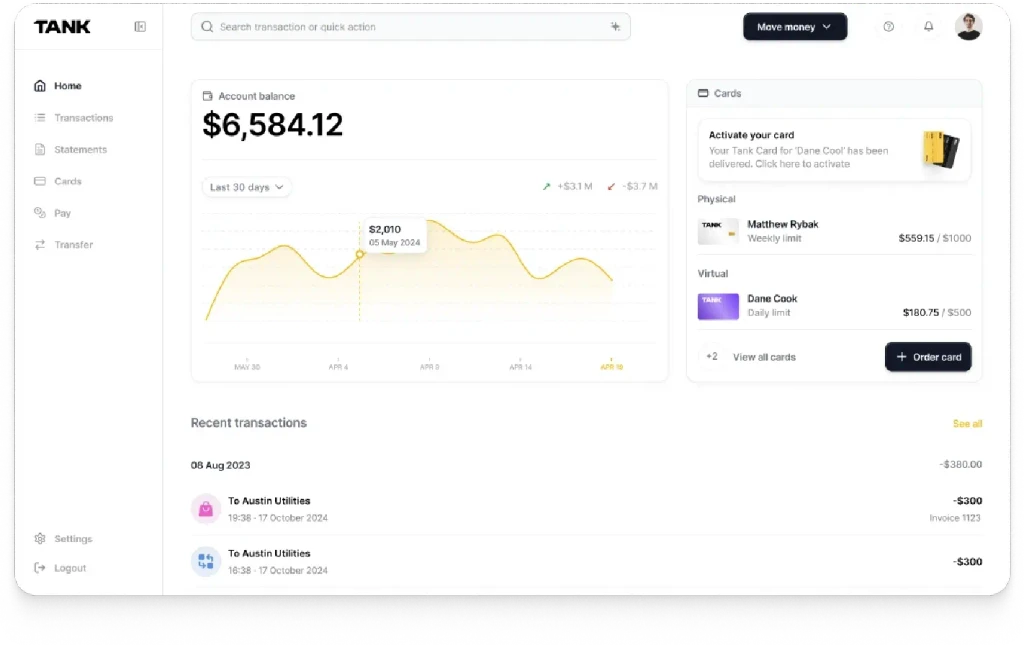Best Practices for Quality Assurance for Tech Products
Summary
This article emphasizes the importance of a dedicated Quality Assurance (QA) team that oversees various types of testing and utilizes agile methodologies to mitigate risks and enhance product functionality throughout the development lifecycle. By incorporating robust testing strategies, organizations can achieve improved customer satisfaction and trust, ultimately leading to better market competitiveness.
Key insights:
Quality Assurance (QA) is crucial for ensuring high product standards.
A dedicated QA unit can improve product quality, detect defects earlier, and ensure compliance with industry best practices.
The QA process includes various types of functional and non-functional testing such as unit, integration, system, performance, and usability tests.
Agile methodologies like Test-Driven Development (TDD) and Continuous Integration (CI) enhance the QA process.
Regular communication and collaboration among QA team members, developers, and stakeholders are key for effective quality management.
Introduction
Quality Assurance (QA) is an essential component of any product-related organization. It ensures that the products and services developed meet the highest quality, reliability, and customer satisfaction standards. At Walturn, we strive to maintain consistent quality across all projects simultaneously. This article outlines the best practices and procedures for establishing a dedicated quality assurance unit to support companies like Walturn that provide product engineering as a service.
Quality Assurance
The main objective of quality assurance is to implement robust processes that proactively identify and mitigate potential quality issues throughout the product development lifecycle. By establishing a strong QA framework, organizations can reduce the risk of unexpected bugs and defects, and enhance customer trust, resulting in high-quality products for their clients.
The benefits of having a dedicated QA unit include:
Improved product quality and reliability.
Early detection and prevention of defects.
Streamlined testing processes.
Adherence to the best industry practices.
Enhanced customer satisfaction and trust.
Reduced costs in the later stages of the product life cycle by identifying and mitigating risks early on.
Building the Quality Assurance Team
Building a skilled and experienced quality assurance team is the first step in setting up an effective QA unit. The team should include individuals with diverse skill sets and responsibilities as mentioned in the table below.

Types of Tests
The QA team employs various types of testing to ensure that the product meets all functional and non-functional requirements. The most common types of tests used are:
Functional Testing
These tests verify that the software meets the specified functional requirements and behaves as expected:
Unit Testing: Tests individual units/modules of the software to verify their functionality and behavior in isolation.
Integration Testing: Tests the integration of different modules to ensure they work together seamlessly.
System Testing: Tests the complete system as a whole to validate end-to-end functionality.
Regression Testing: Tests the system after a change/fix has been made to ensure they do not introduce unintended consequences.
Smoke Testing: Tests the software at any stage of the development process to ensure the system is stable.
User Acceptance Testing (UAT): Testing performed by end-users or stakeholders to validate that the product meets their requirements and expectations.
Non-Functional Testing
These tests evaluate the system’s non-functional characteristics such as performance, security, usability, and compatibility:
Performance Testing: Test the system’s performance under various conditions (stress testing, load testing, etc.) to ensure it works as expected.
Security Testing: Test the product’s security measures including penetration testing and compliance with security standards.
Usability Testing: Test the product’s user interface and user experience to ensure it is intuitive and user-friendly.
Compatibility Testing: Test the product’s compatibility with different hardware, software, browsers, operating systems, and devices.
Agile Methodologies
Utilizing agile methodologies, the team can ensure that high-quality products are built from the beginning of their life cycles:
Test-Driven Development (TDD): Write automated tests before writing the actual code to ensure that the code meets the client’s requirements.
Behavior-Driven Development (BDD): Describe the expected behavior of the system in a simple, readable format and use it as the basis for test case design and automation.
Continuous Integration (CI): Integrating code changes from multiple developers into a shared repository frequently to enable automated testing with every code commit.
Continuous Testing: Execute automated tests continuously throughout the software delivery pipeline to provide immediate feedback on code quality and functionality.
The QA team typically selects and combines these testing types based on the project’s specific requirements. A comprehensive test strategy usually involves a combination of manual and automated testing to ensure thorough coverage and validation of the product’s quality.
Defining Quality Assurance Processes
Establishing robust and well-defined quality assurance processes is essential to ensure consistent and repeatable results. The QA unit should work together to develop a comprehensive quality assurance plan that outlines the following:
Quality Standards and Metrics: Define measurable quality standards aligned with best industry practices and client requirements.
Testing Methodologies: Specify the type of testing and testing approaches to be employed.
Test Documentation: Define the test case design, test plans, test reports, and defect-tracking processes.
Tools and Frameworks: Identify and implement appropriate testing tools, automation frameworks, and defect-tracking systems.
Integration with Development: Outline how QA activities will be integrated into the product development lifecycle including code reviews, test data management, and deployment processes.
Regularly reviewing and updating these processes according to evolving needs is good practice to ensure they meet new requirements.
The Quality Assurance Process
The quality assurance process typically involves the following steps in the context of product engineering:
Requirement Gathering
The QA team collects and documents user requirements in addition to the quality requirements. These standards should be agreed upon by all the stakeholders. This ensures that all stakeholders are aware of the expectations of the product and helps clear any blurry lines. Furthermore, looping the development team into the process can provide many benefits as they can help identify edge cases and keep an eye on areas that may require extra attention.
Test Strategy and Planning
The QA team develops a comprehensive test strategy and plan that aligns with the requirements gathered in the previous stage. During this stage, the team should create well-designed test cases that cover various scenarios and edge cases and ensure the availability of test data for executing these test cases. These test cases can be both manual or automatic and should be detailed, including a step-by-step process for each sequence. Along with the test details, the plan should also specify which team member is responsible for each activity and when it will be executed.
Test Execution
Once the test strategy has been developed, the QA team proceeds with the execution of the test cases. This stage involves running through the test cases, recording the results, and logging any defects or issues encountered in a systematic manner. The team may design additional sub-tests to cover areas that may have been missed previously.
Defect Management
Any defects identified in the test execution stage are documented, tracked, and reported to the development team. The QA team should prioritize defects based on their severity, impact, and risk factors to ensure that critical issues are addressed first. Furthermore, the team should perform root cause analysis (identify the root cause of the defect) to prevent further related issues.
Regression Testing
After the defects have been fixed, the QA team should conduct regression testing. This is a technique that tests the entire system after specific changes are made to ensure that the fixes have not introduced any new issues or unintended consequences.
Continuous Improvement
The QA team should incorporate testing at every stage of the development process in the product lifecycle to ensure that defects are found and fixed as soon as possible. Throughout the QA process, collaboration and communication among the QA team, development team, and stakeholders are essential. Regular meetings, progress reports, and feedback loops ensure that everyone is aligned and working towards the common goal of delivering a high-quality product.
Quality Assurance in Collaborative Environments
In the context of product engineering, where diverse team experts come together to work on a product, the QA unit must be equipped to effectively manage quality. Best practices for collaborative environments include:
Facilitate Communication: Leverage online services like video conferencing, instant messaging, and project management platforms to enable seamless communication among teams and clients. Holding regular meetings to share updates is also good practice.
Encourage Knowledge Sharing: Implement processes for documenting and sharing testing-related knowledge, best practices, and lessons learned from past experiences across teams and projects.
Enable Client Engagement: Maintain mechanisms to receive feedback from clients and ensure their involvement in the testing process.
By encouraging open communication across teams, the QA unit can effectively manage quality across teams and projects by leveraging the vast amount of knowledge that team members have.
Conclusion
In conclusion, building an effective quality assurance unit is crucial for delivering high-quality products that meet the client’s expectations. By following the procedures and best practices outlined in this article, organizations can enhance customer satisfaction, build trust, and gain a competitive advantage in the market by consistently delivering high-quality products.
Authors
Elevate Your Product Quality with Walturn's QA Expertise
Ensure your products meet the highest standards of quality and reliability with Walturn's dedicated Quality Assurance services. Our comprehensive QA processes are designed to detect and prevent defects early, optimize testing procedures, and enhance customer satisfaction. By partnering with Walturn, you gain access to a skilled QA team, cutting-edge testing methodologies, and a commitment to excellence that ensures your products stand out in the market. Let us help you build trust with your clients through consistent quality and innovation.
References
“Council Post: 13 Best Practices for a Comprehensive and Careful QA Process.” Forbes, 1 Dec. 2021, www.forbes.com/sites/forbestechcouncil/2021/12/01/13-best-practices-for-a-comprehensive-and-careful-qa-process/?sh=152f95265fea. Accessed 2 June 2024.
Iyer, Jayalakshmi. “What Is Software Quality Assurance, and Why Is It Important? | Turing.” Www.turing.com, 23 Feb. 2024, www.turing.com/blog/software-quality-assurance-and-its-importance/. Accessed 2 June 2024.
Khrupa, Anna. “QA Team Roles and Responsibilities | TestFort Blog.” TestFort Testing & QA Company, 1 May 2024, testfort.com/blog/qa-team-responsibilities. Accessed 2 June 2024.
Natchimuthu, Akil. “What Is Quality Assurance? Best Practices, Importance and More | Disbug Blog.” Disbug.io, 29 Aug. 2022, disbug.io/en/blog/quality-assurance. Accessed 2 June 2024.
“QA Best Practices to Improve Software Testing - TestRail.” Www.testrail.com, 13 Feb. 2024, www.testrail.com/blog/qa-best-practices/. Accessed 2 June 2024.













